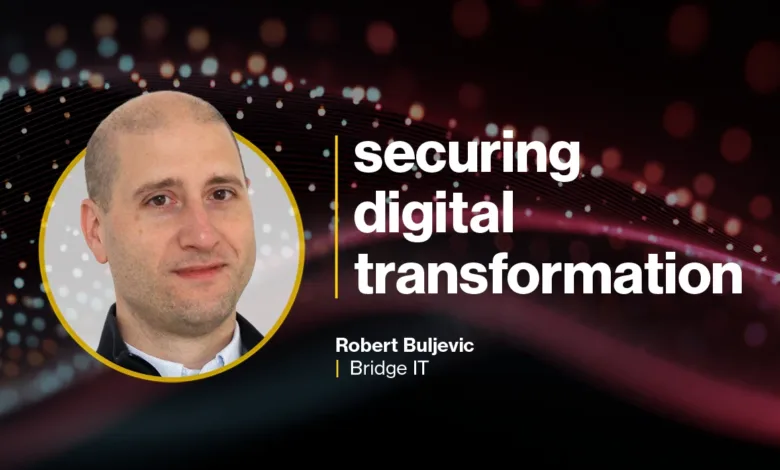Legacy to SaaS: How Complexity Threatens Enterprise Security

▼ Summary
– Organizations face security challenges due to the messy coexistence of legacy systems and SaaS applications, with business needs now driving tech adoption faster than IT can manage.
– Complexity from mixed IT environments increases security risks, including human error and oversight, while sunk cost fallacies hinder modernization efforts.
– Threat actors target weak authentication in legacy systems and exploit vulnerabilities in on-prem infrastructure like VPNs and firewalls, which are harder to secure than SaaS alternatives.
– Transitioning to SaaS simplifies security by reducing on-prem complexity, but requires strong identity protection, MFA, and employee awareness to counter phishing and social engineering.
– CISOs in resource-constrained organizations should prioritize migrating email/collaboration tools to SaaS, reducing VPN reliance, and adopting cloud identity providers to improve security posture.
The shift from legacy systems to SaaS solutions is transforming enterprise security in profound ways, yet many organizations struggle to navigate this transition effectively. The growing complexity of hybrid environments, where outdated on-prem infrastructure coexists with modern cloud applications, creates significant vulnerabilities that cybercriminals are quick to exploit.
Business units now drive technology adoption at an unprecedented pace, often bypassing IT oversight. This decentralized approach leads to a patchwork of solutions that strain security teams already burdened with maintaining aging systems. Complexity breeds risk, increasing the likelihood of overlooked misconfigurations, weak authentication, and delayed patching, all prime targets for attackers.
A major roadblock is the sunk cost fallacy, where companies cling to outdated investments despite mounting inefficiencies. Legacy data centers, custom-built tools, and expensive software licenses persist long after their usefulness fades, draining resources better spent on modernization. Meanwhile, threat actors aggressively target these legacy weak points, exploiting vulnerabilities in VPNs, firewalls, and self-hosted applications before patches are even available.
Zero Trust Network Access (ZTNA) principles clash with traditional enterprise setups, particularly those reliant on Microsoft Active Directory and perimeter-based security. These architectures inherently allow lateral movement, making breaches harder to contain. Transitioning to SaaS reduces this complexity by shifting security focus to identity protection, where phishing-resistant MFA and cloud-native controls offer stronger defenses than most on-prem alternatives.
The human element remains critical as attackers pivot toward credential theft and social engineering. Security awareness training must evolve alongside technological changes, especially as cloud adoption shifts risks from infrastructure to identity. Organizations lagging in cloud migration face heightened exposure, as threat actors prioritize regions with weaker modernization efforts.
For resource-constrained teams, prioritizing high-impact changes can bridge the gap:
- Migrate email and collaboration tools to SaaS first, leveraging widely available migration expertise.
- Replace legacy VPNs with modern remote access solutions that enforce MFA by design.
- Gradually transition identity management to cloud providers to streamline authentication.
- Evaluate new business needs exclusively through a SaaS lens, prioritizing vendors with robust security defaults.
While legacy systems won’t disappear overnight, a deliberate shift toward SaaS reduces the attack surface and aligns security with modern threats. The British Library’s post-ransomware assessment underscores this reality, cloud-based systems with enforced MFA remained operational while on-prem infrastructure faltered. The path forward isn’t just about adopting new tools, but dismantling the barriers that keep organizations tethered to outdated risks.
(Source: HelpNet Security)